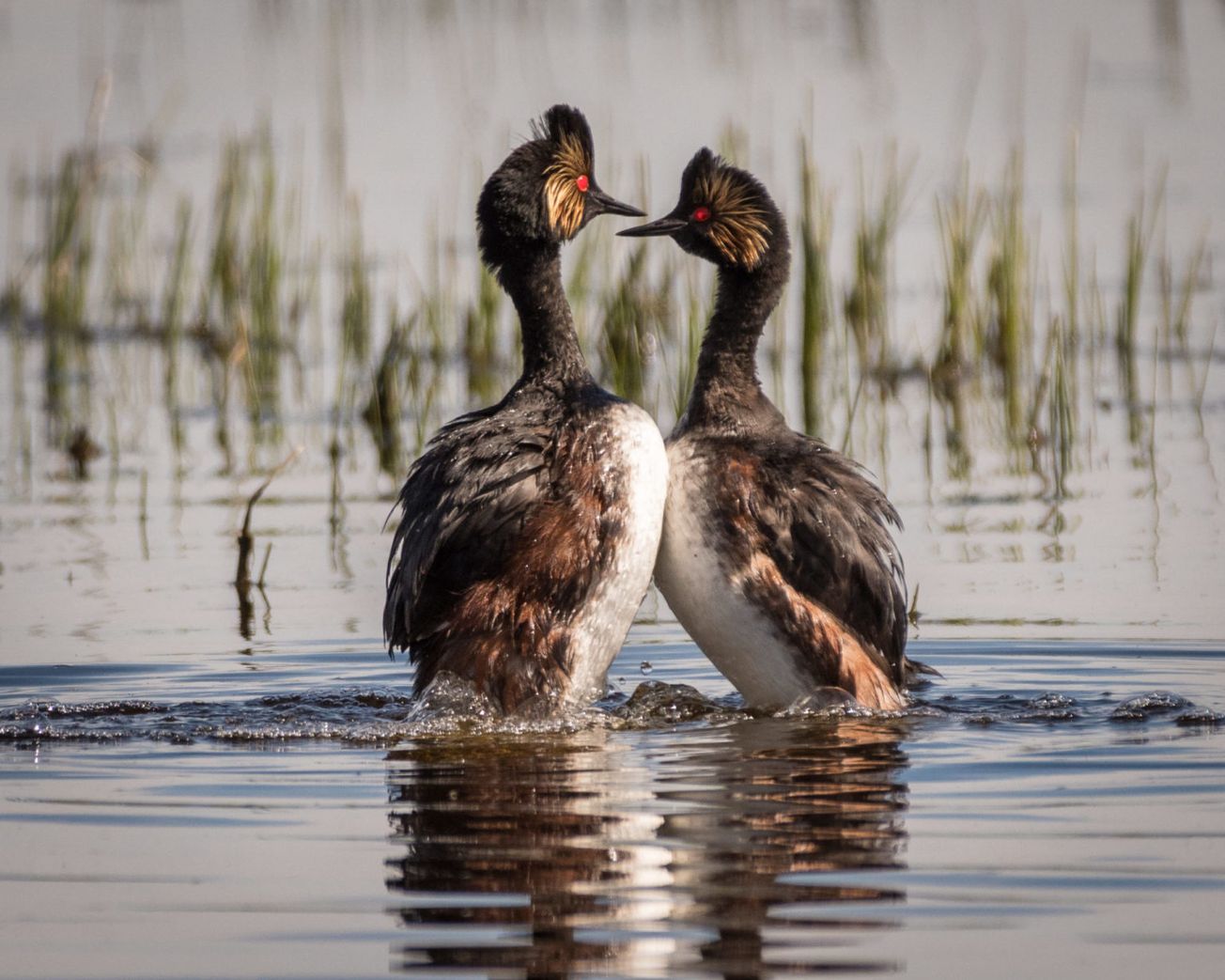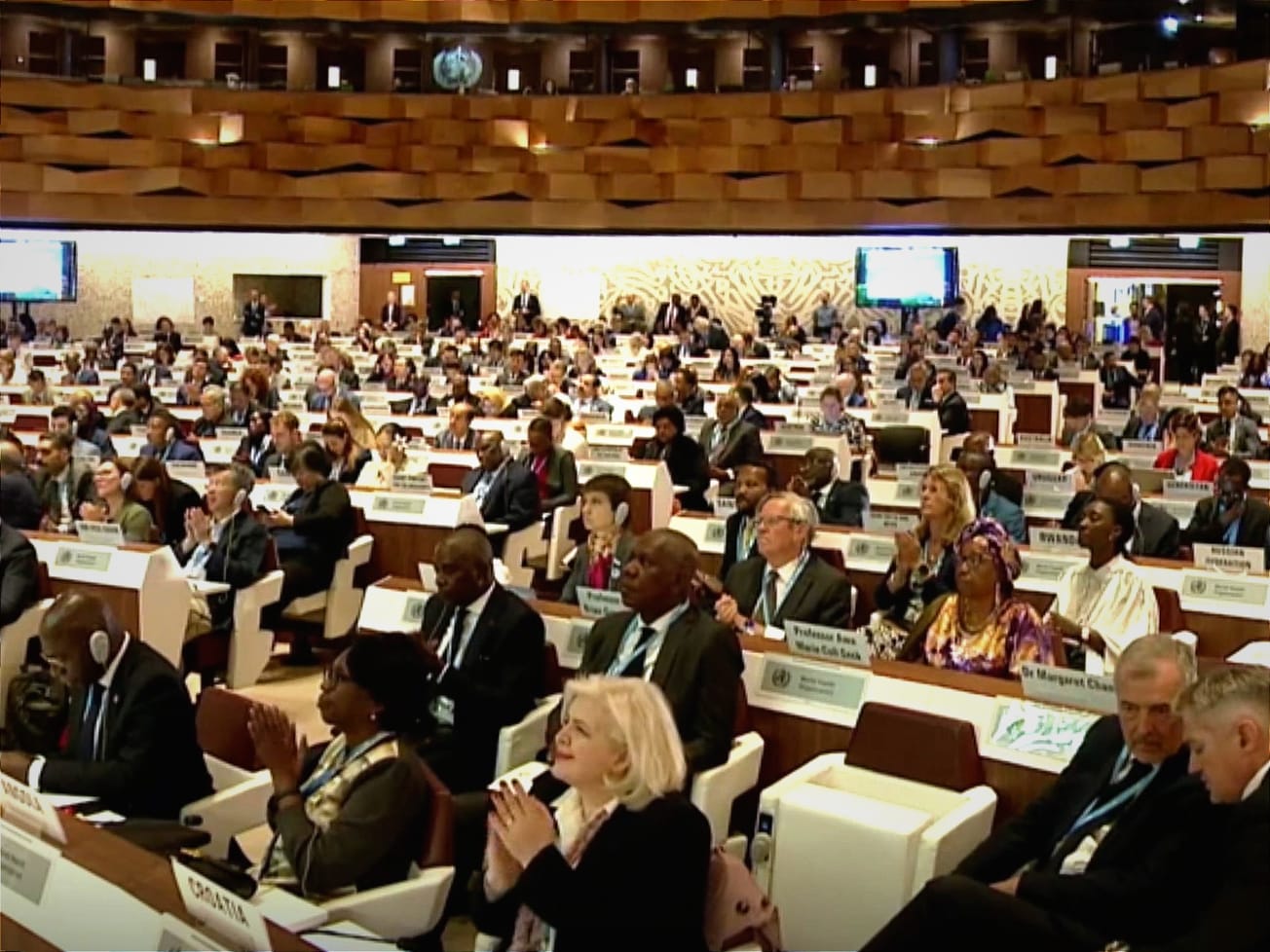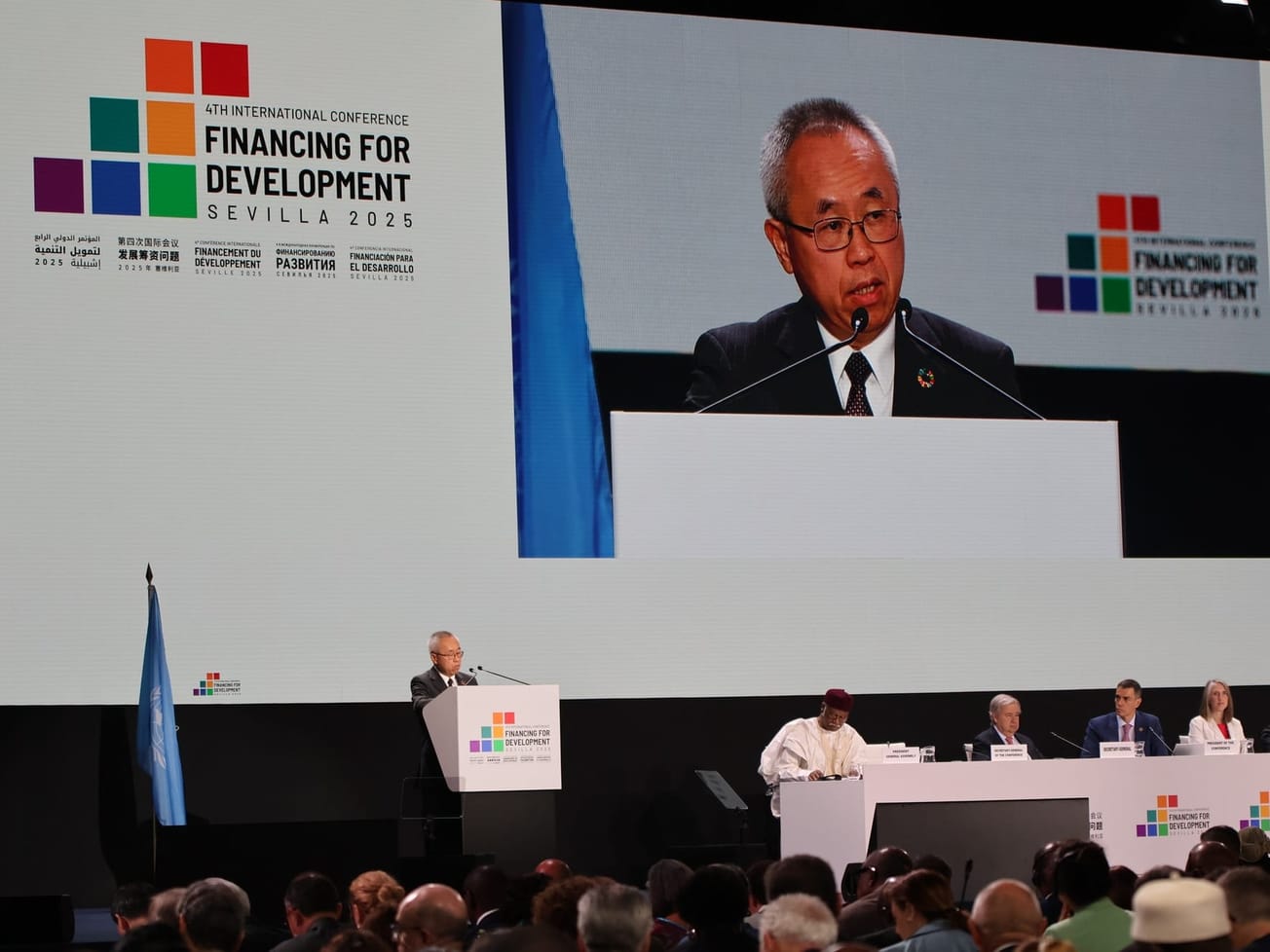U.N. officials unveiled a sweeping plan on Monday to avert what scientists fear is shaping up to be Earth's sixth mass extinction, proposing a global wildlife treaty on the scale of the 2015 Paris Agreement on climate change.
The United Nations Convention on Biological Diversity's "zero draft text" for the treaty is an ambitious plan to preserve the world's imperiled plant and animal species through a "theory of change" approach — setting long-term goals and working backwards to identify what must be done.








